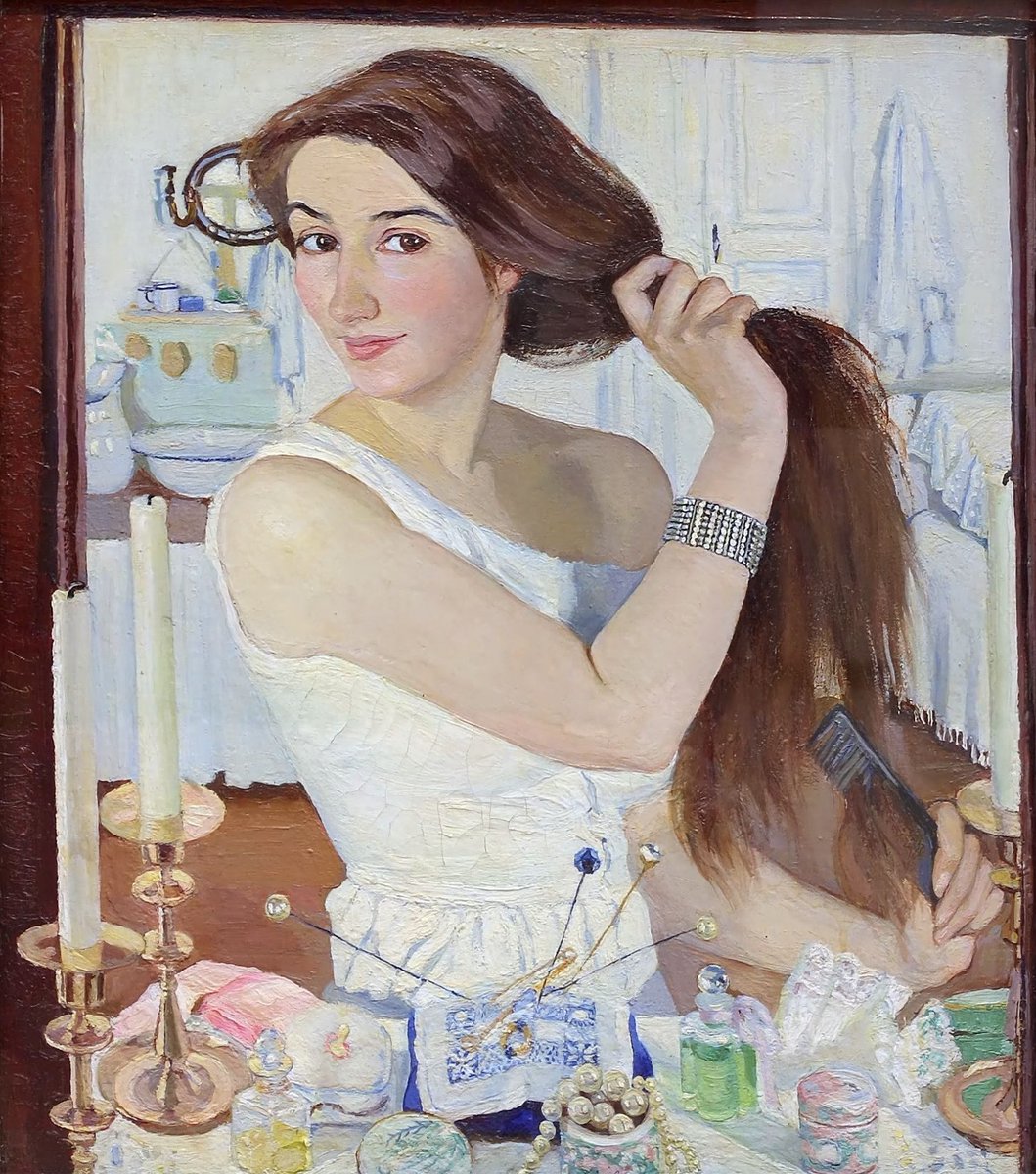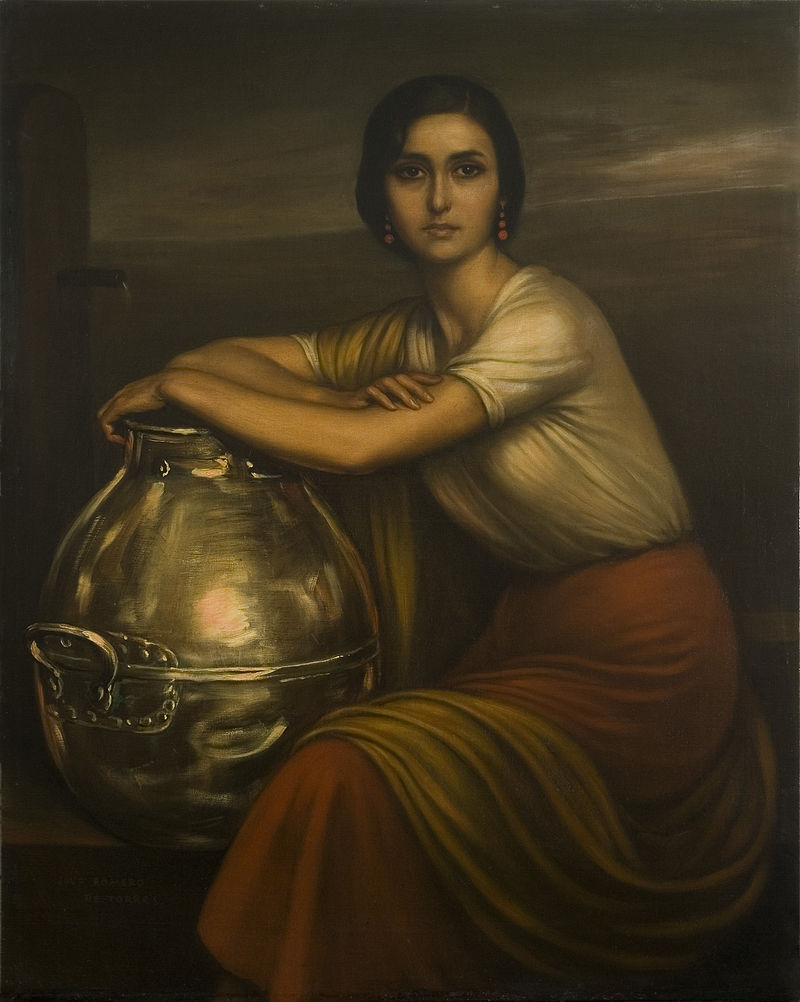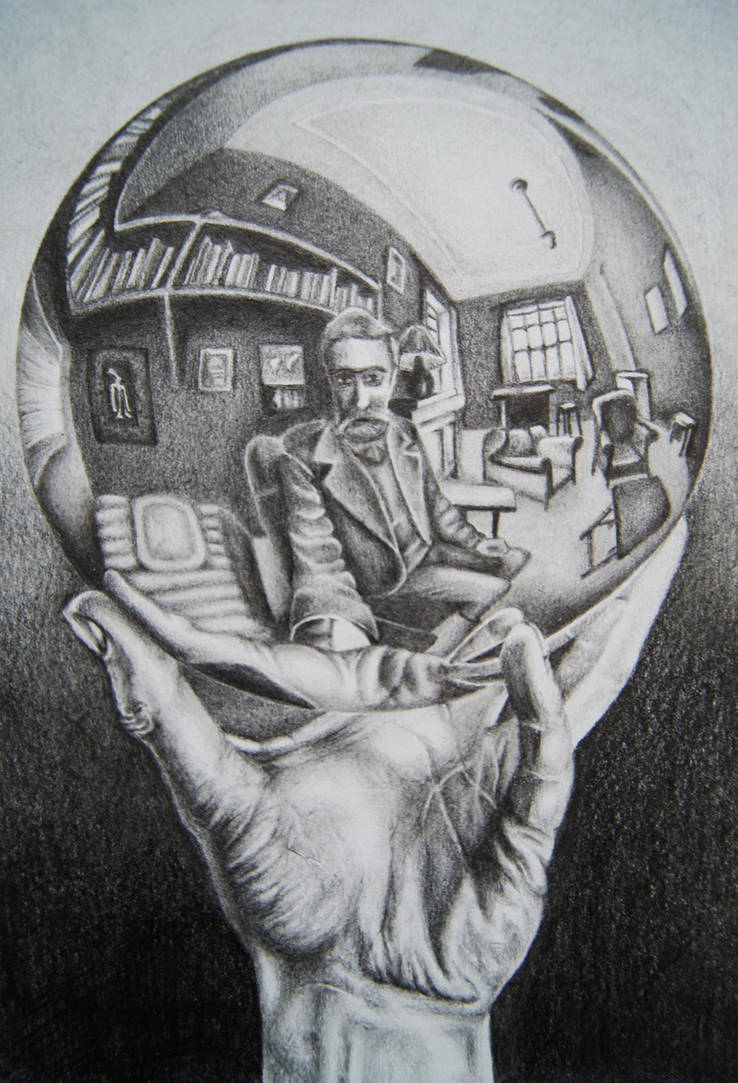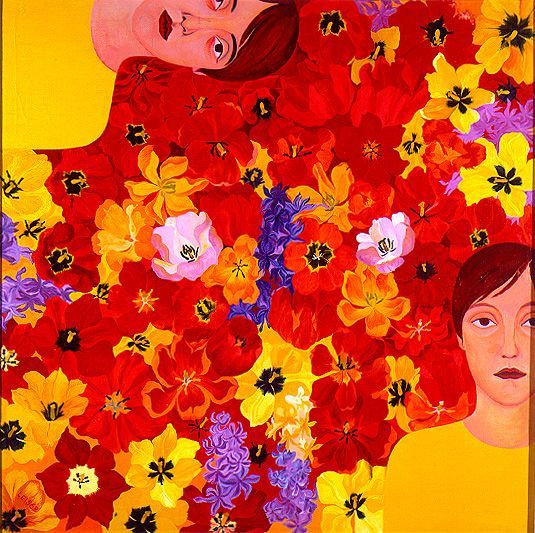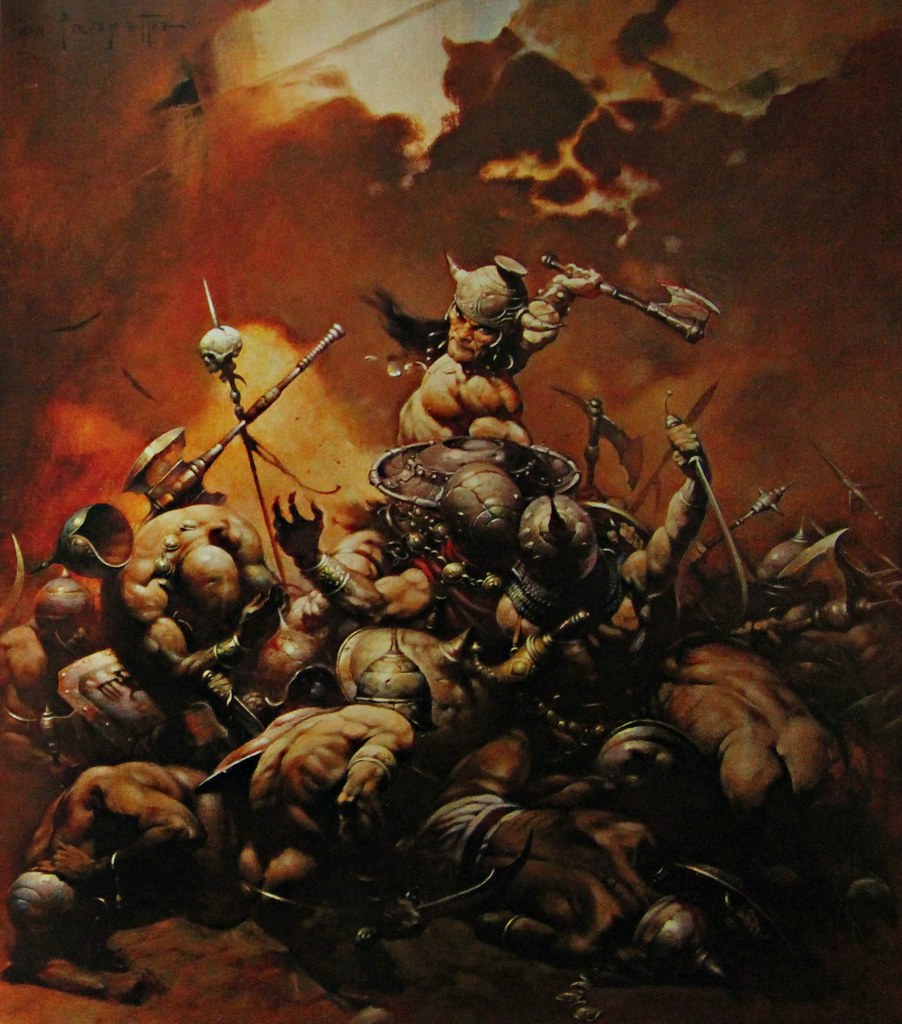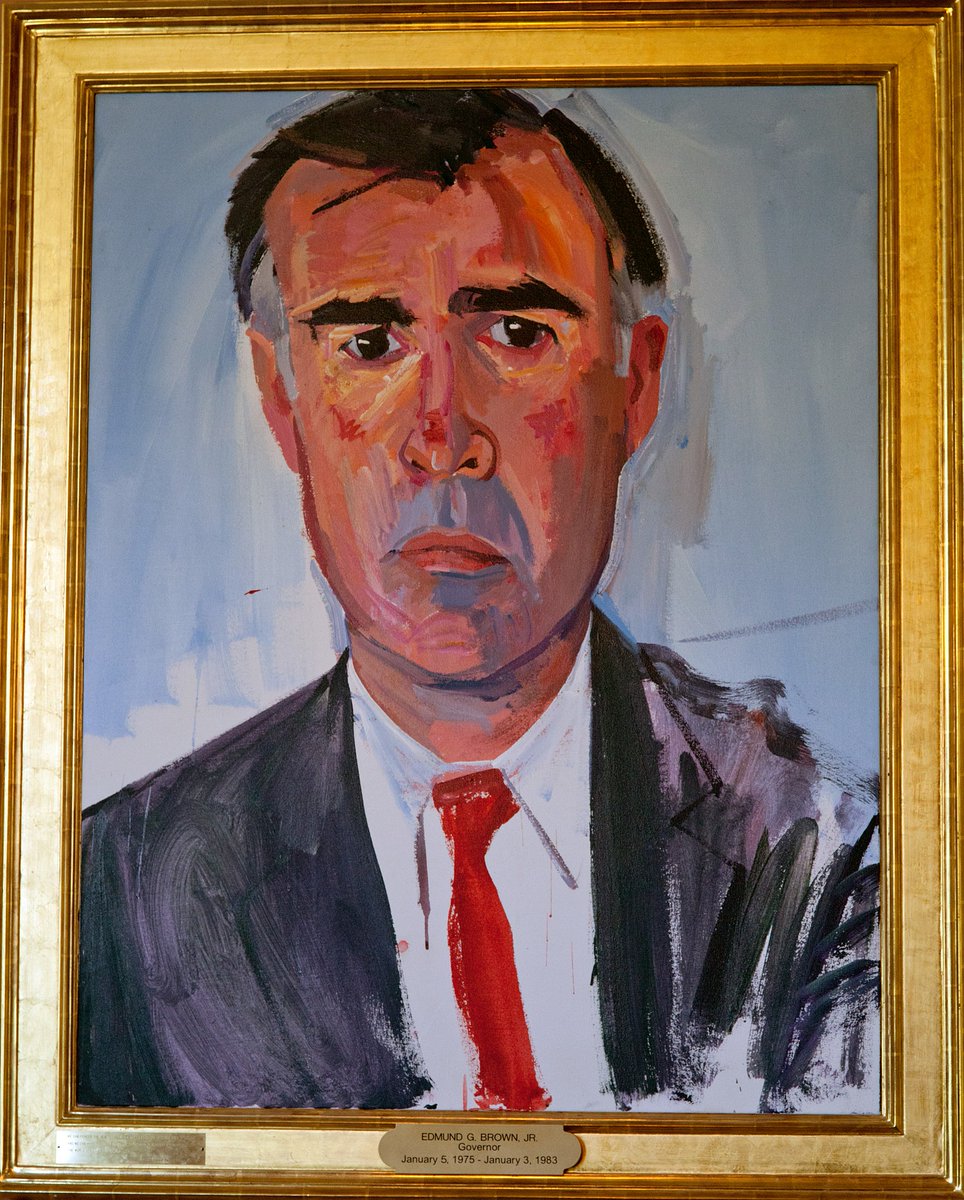One painting from every year of the 20th century, in chronological order.
1900: Sunbeams by Vilhelm Hammershøi
1/100
1900: Sunbeams by Vilhelm Hammershøi
1/100

I hope you enjoyed this journey through a century of art.
If so, you may be interested in my free newsletter, Areopagus. It features seven short lessons every Friday, including architecture, classical music, rhetoric, and art.
Consider subscribing here:
culturaltutor.com/areopagus
If so, you may be interested in my free newsletter, Areopagus. It features seven short lessons every Friday, including architecture, classical music, rhetoric, and art.
Consider subscribing here:
culturaltutor.com/areopagus
• • •
Missing some Tweet in this thread? You can try to
force a refresh









